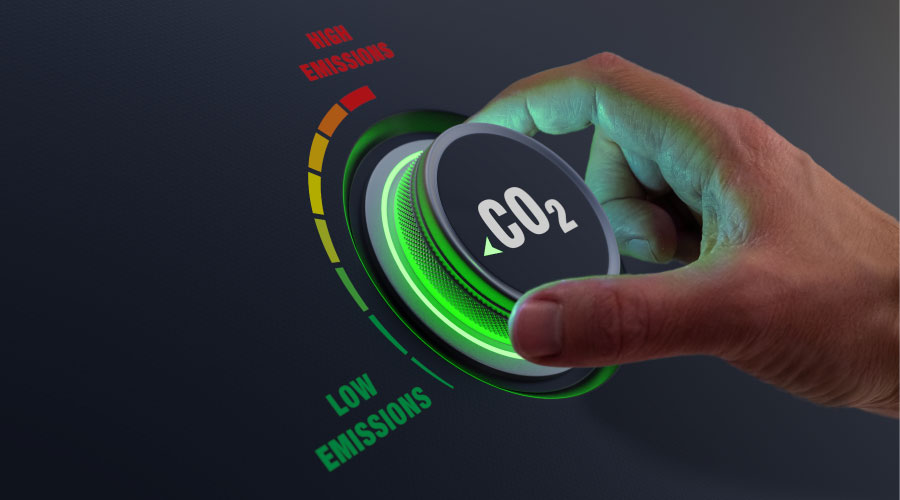Maximizing System Efficiency Through BAS
As for chilled-water, hot-water, and heat-exchanger systems, operators also need to know where the maximum valve command in a system is at any given time. If the maximum valve command is always high — meaning greater than 90 percent open — the hot-water reset schedule might be too low and require adjustment. If the maximum valve command is below 30 percent open, the reset schedule might be too high.
Good control valves have a curve, just like pumps and fans. The controls vender can provide the optimal ranges for control valves. If the maximum valve command is too high, this can result from underpumping in the system or a differential pressure setpoint that is too low. Only troubleshooting can determine if the water schedule or the differential pressure setpoint is the culprit. Some systems can run a trend graph through a system graphic with no set-up required, while other systems require that these reports be enabled and set up to run.
How much information is too much? Generally, trend graphs are most appropriate when operators notice issues, see alarms, or receive complaints. These events usually happen suddenly or when the building is unoccupied or not monitored. These automatic trend logs only need to be set up for 24 hours to up to three days. The longer the timeline on a graph, the harder it is to notice issues quickly. Also, because the Y axis has a longer period of time set up, all the data becomes more consolidated, meaning the specific times of an event are more difficult to see. Long-term trends can prove constant performance, but short-term trends are most helpful in finding issues.
Related Topics:














